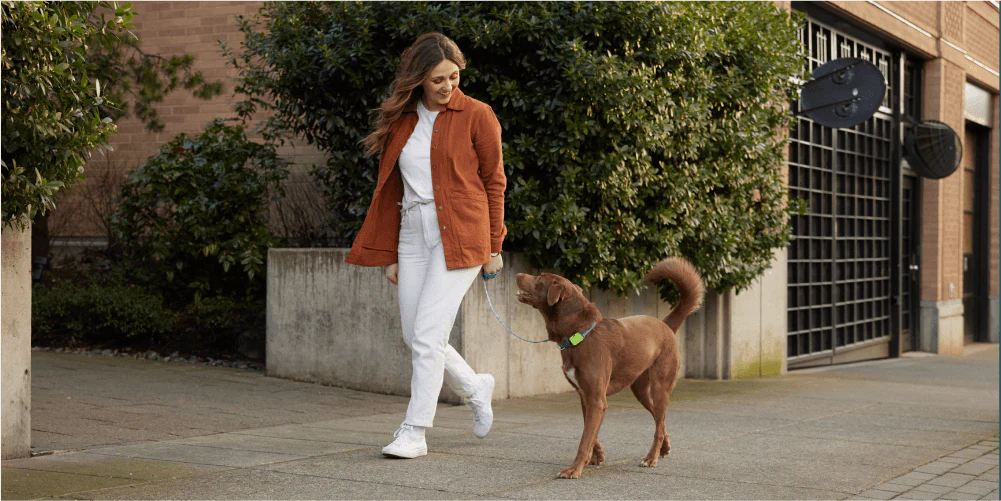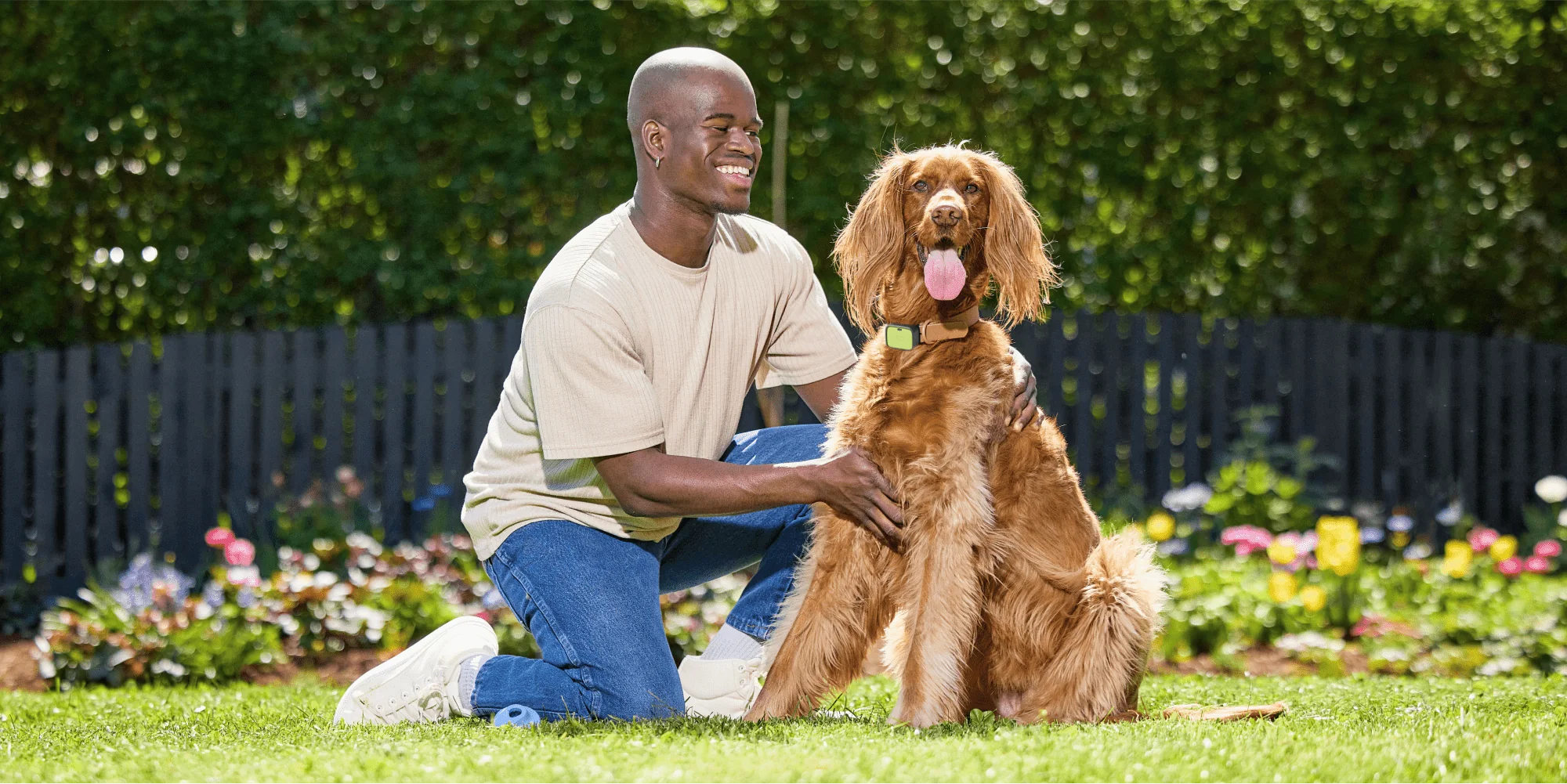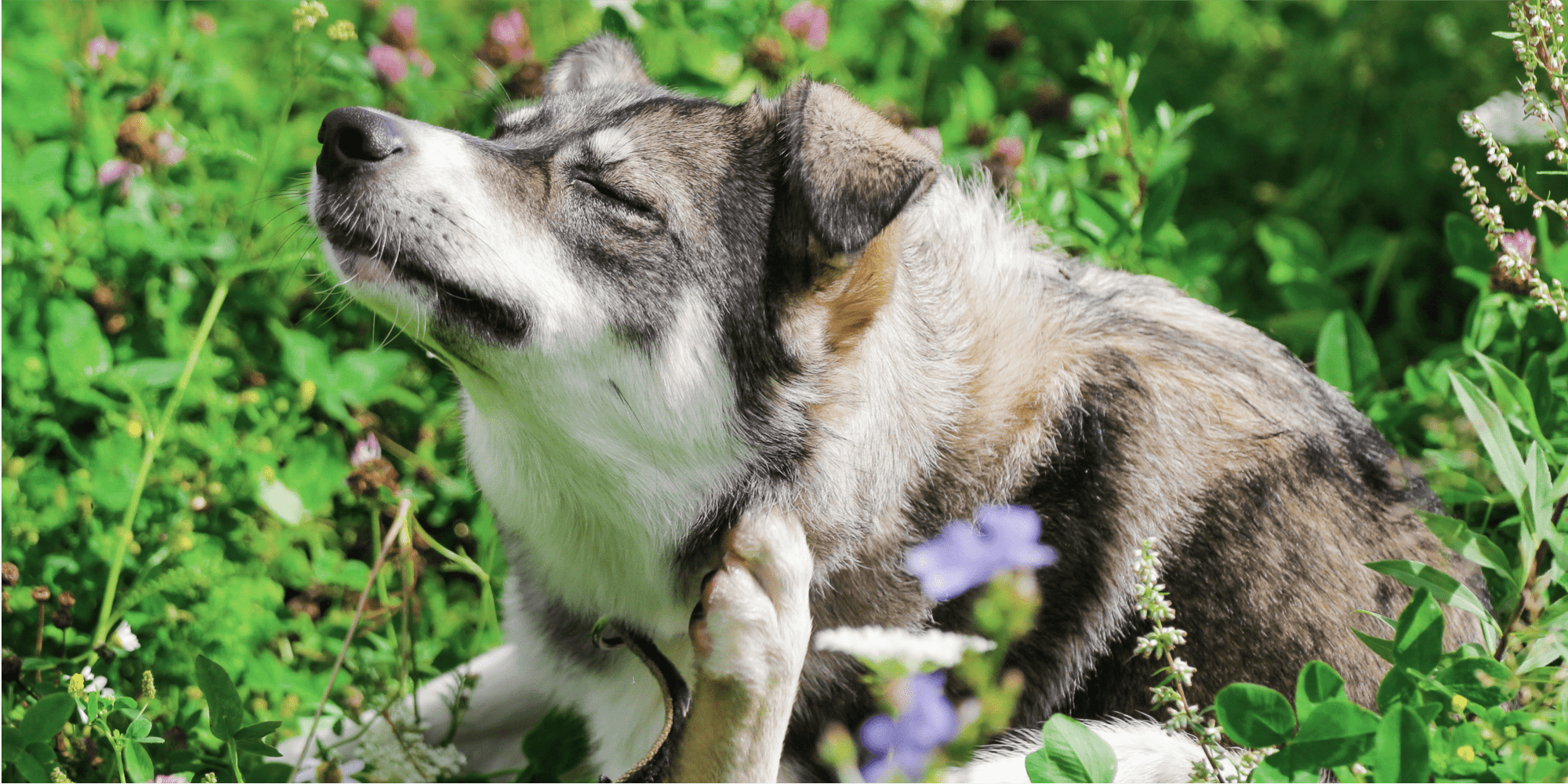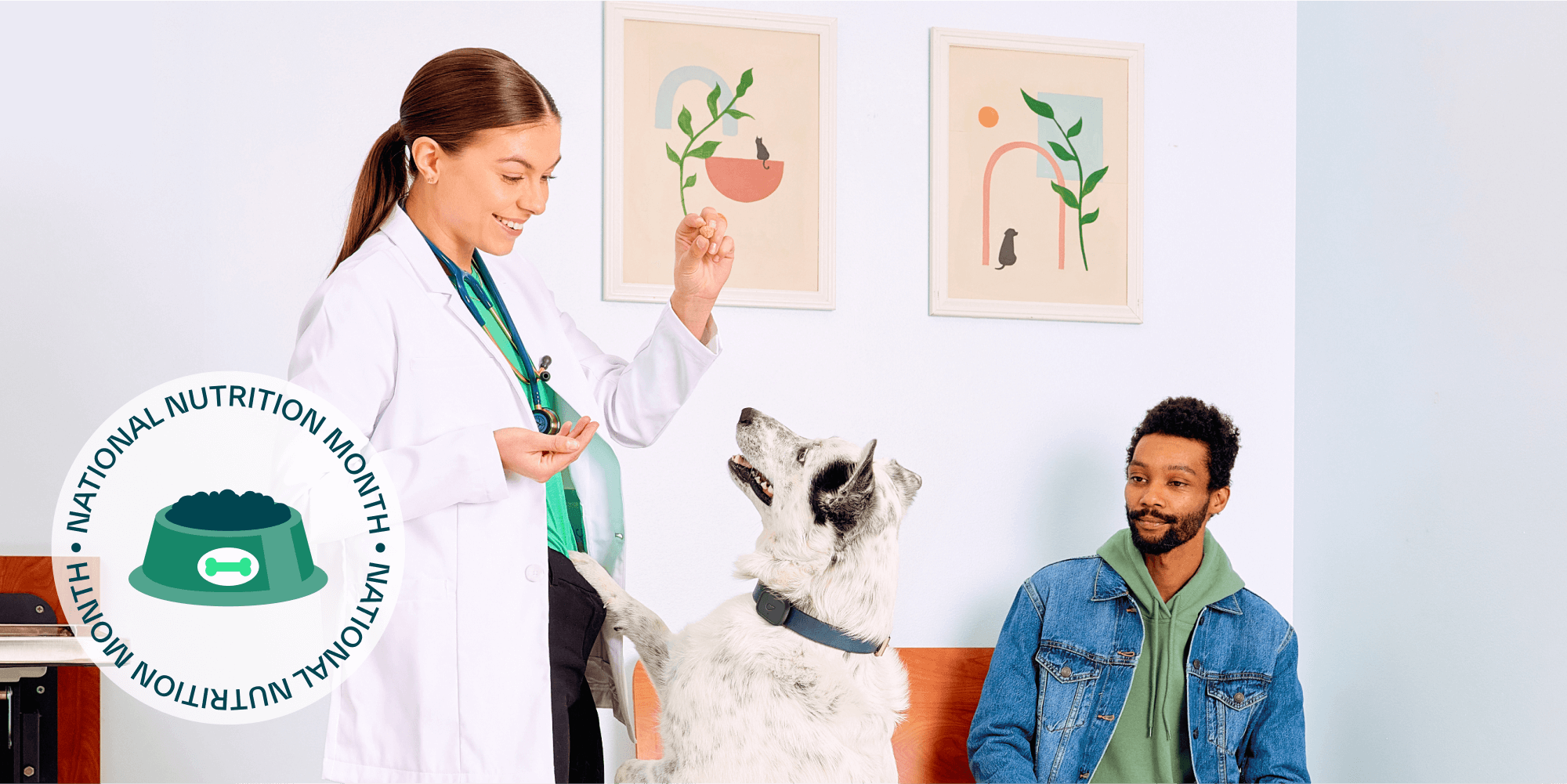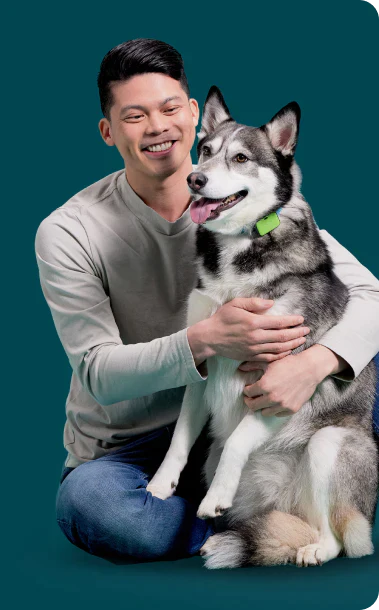How often should you feed your dog?
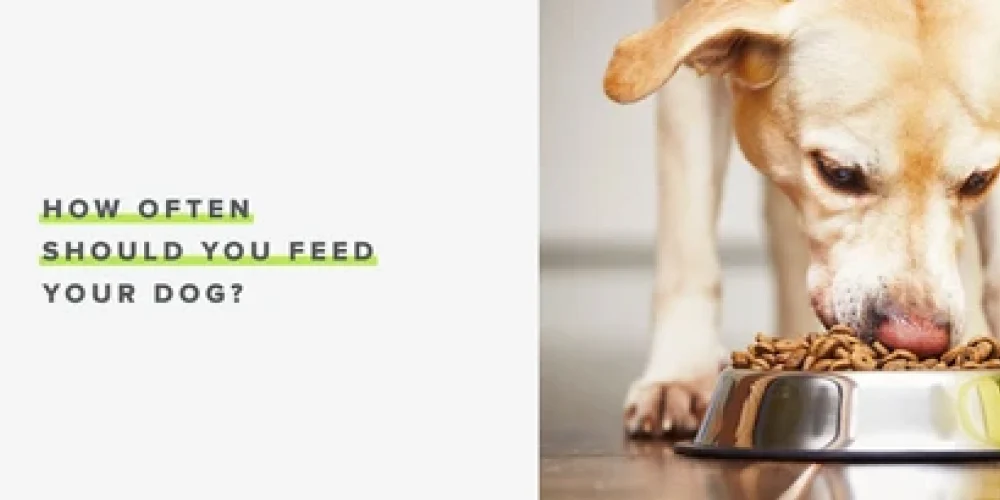
Your dog had dinner hours ago but suddenly he’s staring at you like he’s missed several meals. What gives? If you’ve ever wondered how often you should feed your dog, you’re certainly not alone. Dog digestive systems, pet ages, portion sizes, and general preference, are a few things to consider when coming up with your dog's meal plan.
First, regardless of when you feed your dog, you need to make sure you’re feeding your pet the right amount per day. How much food a dog needs per day is highly variable, based on their weight, breed, age, activity level, and the kind of food you’re feeding them. The Whistle Food Portion Calculator in the Whistle app makes this easy by telling you exactly how much to feed your dog based on those important factors, including how many calories your dog burns each day.
So, how often should I feed my dog?

Now that you know how much to feed your dog, let’s talk mealtimes. It’s all about finding consistency. According to Dr. Sarah Dougherty, DVM, a veterinarian at Banfield Pet Hospital, most adult dogs do well eating twice a day, like getting a breakfast and dinner. Dogs often thrive on this kind of routine, though some pet owners may choose to do what’s called “free-feeding,” where you put food in your dog’s bowl and let them choose when to eat it.
“Free-feeding is OK provided you only have one pet in the house, you are feeding dry food only, and you measure the amount of food put out and only give a 24-hour portion at a time,” Dr. Dougherty says. But this can make it difficult for you to keep an eye on your dog’s eating behavior, which can sometimes be an early tip-off for health problems.
If you’re feeding your dog twice a day but have the occasional conflict—like you’re leaving for the evening before their usual dinner time, or you come home late from work—just do your best. When that’s not possible, you can also split dinner in half. “In many cases, you can give a small portion of dinner before you go out and the remainder when you get home.” This way your dog won’t end up going too long without being fed.
How often should I feed a puppy?
As with everything puppy-related, mealtimes can be a bit more of a process. “Growing puppies need to be fed more often, particularly when they are very young because their stomach isn’t large enough to hold their calorie needs at any one time,” Dr. Dougherty explains. Think three to four times per day.
As the puppy gets a bit older, around 12-16 weeks old, they can go to twice daily feedings.
What if my dog seems hungry between feedings?
As much as your dog’s puppy dog eyes may try to convince you they’re still hungry, they’re probably fine. “Unless you are specifically underfeeding your dog, the ‘begging’ that most people interpret as hunger is not,” Dr. Dougherty explains. Instead, it’s usually a sign that they’re craving attention, exercise, or the bathroom. Try throwing a ball around or playing tug of war and see if their begging decreases.
However, if you review their routine and realize they’re going longer than 12 hours between meals, “then it is possible that they are hungry,” Dr. Dougherty says.
Be mindful about leaving food in the bowl.
Some dogs aren’t obsessed with finishing every last morsel of food in their bowl. In that case, pay attention to what they’re leaving behind. “Canned food should not be left out for longer than an hour,” Dr. Dougherty says. Longer than that and harmful bacteria can begin to grow, which could make your dog sick if they return to eat it later. Throw whatever they don’t eat away. If you didn’t use the whole can, you can refrigerate opened, unserved cans for up to three days.
Dry food is more shelf-stable and can be left out for up to 24 hours.
Treats are fine, too, as long as you don’t overdo it.

“As with people, everything in moderation,” Dr. Dougherty says. Treats are fine as long as they don’t make up more than 10% of your pet’s daily calories. That’s a lot easier when you’re not handing out hot dogs and deli meat, since they’re so high in both calories and fat. The Whistle Food Portion Calculator will even break down treats so you know exactly how many they can have in a day to maintain a healthy weight.
As an alternative to store-bought treats (which can sometimes be high in calories for their size and lacking in nutrients), Dr. Dougherty recommends dog-friendly fruits and vegetables like bananas, apples, carrots, broccoli, or green beans.
The bottom line: How often you feed your dog depends on a lot of factors, but a big one is also preference. As long as you’re feeding your dog the right amount, you’re feeding them at minimum every 12 hours, and you’re being mindful of the factors we laid out here, you and your pet are free to find a mealtime plan that works best for you. And if you have specific questions about your dog’s feeding schedule, talk to your vet, or use the Chat with a Vet feature in the Whistle app..
Whistle tip: Head over to IAMS list of common questions about feeding your dog to learn about the different life stages each dog goes through and how to give your dog the care he or she needs at every age.
--
Colleen Stinchcombe is a freelance writer with two dogs. She writes about pets for Whistle, Rover, and Woman’s Day.








